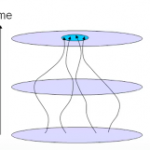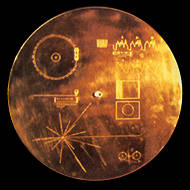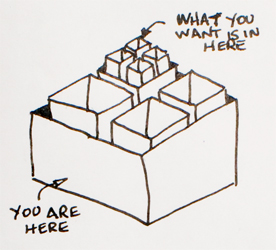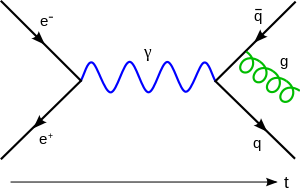I began at 5 AM from the Broomfield Aloft hotel, strategically situated in a sterile “new urban” office park cum apartment complex along the connecting freeway between Denver and Boulder. The whole weekend was fucked in a way: colleges across Colorado were moving in for a Monday start, half of Texas was here already, and most of Colorado planned to head north to the zone of totality. I split off I-25 around Loveland and had success using US 85 northbound through Cheyenne. Continuing up 85 was the original plan, but that fell apart when 85 came to a crawl in the vast prairie lands of Wyoming. I dodged south and east, then, (dodging will be a continuing theme) and entered Nebraska’s panhandle with middling traffic.
I achieved totality on schedule north of Scottsbluff. And it was spectacular. A few fellow adventurers were hanging out along the outflow lane of an RV dump at a state recreation area. One guy flew his drone around a bit. Maybe he wanted B roll for other purposes. I got out fast, but not fast enough, and dodged my way through lane closures designed to provide access from feeder roads. The Nebraska troopers were great, I should add, always willing to wave to us science and spectacle immigrants. Meanwhile, SiriusXM spewed various Sibelius pieces that had “sun” in their name, while the Grateful Dead channel gave us a half dozen versions of Dark Star, the quintessential jam song for the band that dates to the early, psychedelic era of the band.
Was it worth it? I think so, though one failed dodge that left me in a ten mile bumper-to-bumper crawl in rural Nebraska with a full bladder tested my faith in the stellar predictability of gravity.… Read the rest





